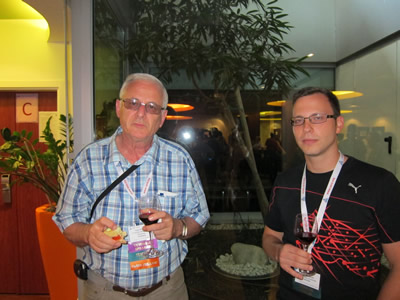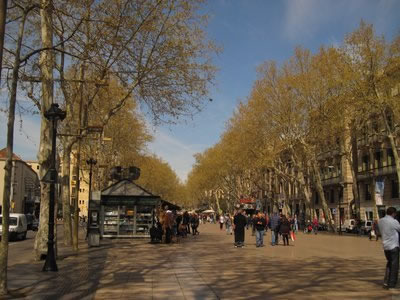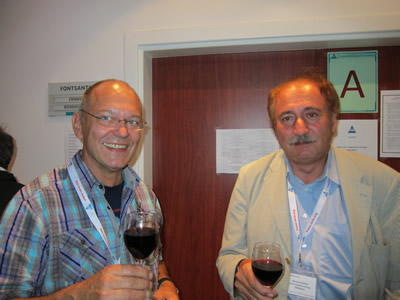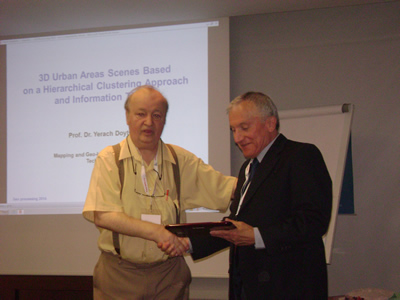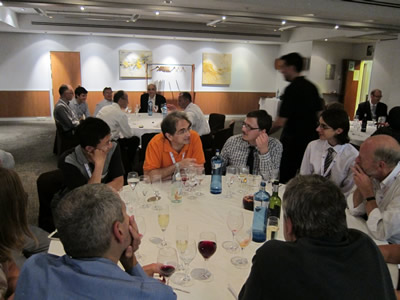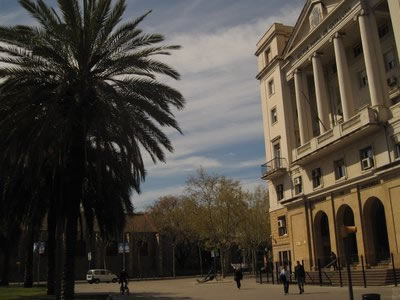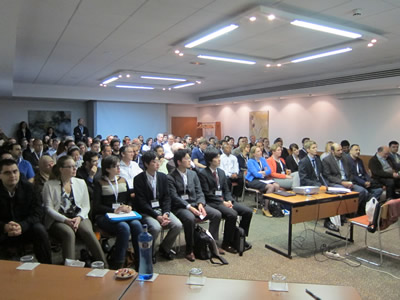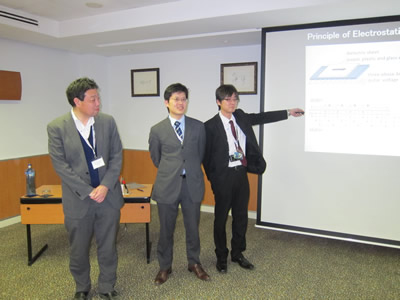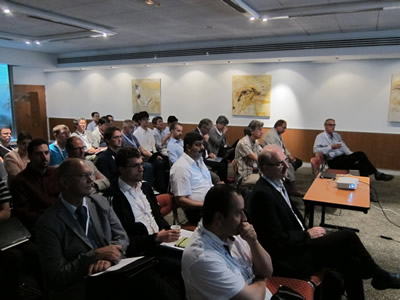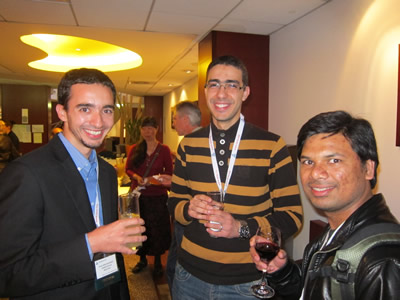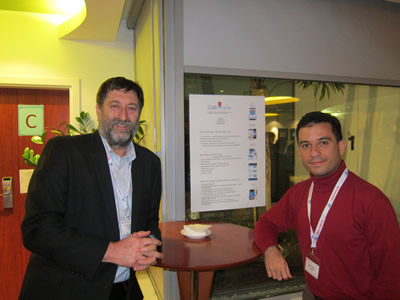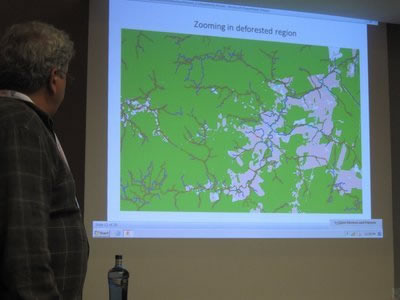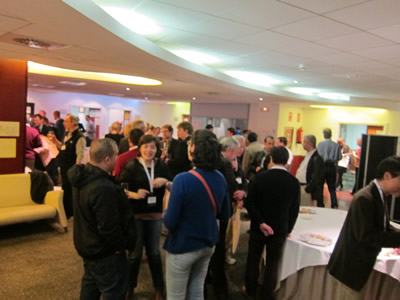BUSTECH 2018 - The Eighth International Conference on Business Intelligence and Technology
February 18, 2018 - February 22, 2018
BUSTECH 2018: Tutorials
T1. Edge and Fog Computing - Convergence of Solutions?
Speaker: Prof. Dr. Eugen Borcoci, University Politehnica of Bucharest, Romania
Prerequisites: general knowledge on IP networking architectures, protocols, introductory knowledge on Cloud/Fog computing, SDN, NFV, IoT, IoV and 4G/5G.
The centralized cloud computing technology offers powerful on-demand services (processing, storage, virtual infrastructures) for large communities of users. However, centralization has inherent limitations in meeting the demands of many new distributed and mobile applications, like smart cities, IoT, V2X, M2M, etc. Edge/fog computing architectures and design recently emerged, attempting to better meet some requirements like low latency and real-time capabilities, reducing the amount of data transferred between data centers and terminals devices, location and context awareness, mobility capabilities, dynamic resource allocation and so on.
Edge or fog computing (sometimes these terms are seen as interchangeable) are complementary technologies to centralized cloud computing. They extend the cloud-like capabilities towards the network edges. Based on available resources, these capabilities can be hosted in various entities like aggregation points, network nodes, base stations and access points and even in end and terminal devices. The edge platforms could run segregated from central clouds but, as well, they could cooperate with public or private clouds located in large data centers. While edge and fog approaches seem to be similar, no general consensus exist yet, about architectures and therefore convergence issues are open.
European Telecommunications Standards Institute (ETSI) promotes the Multi-access Edge Compute (MEC) which is the implementation of edge computing in wireless networks. However, the mobile network operators (MNOs) still debate what approach to take: to consider MEC as an integral part of 5G networks architecture or, use it as a tactical means in certain applications. A strategic view of MEC and its role in the network is still missing to date, given the multitude of applications and beneficiaries. Other developing efforts are performed by OpenFog Consortium, as well as the Open Edge Computing Initiative. The application range that can be run at the edge is very large, including analytics, compliance, security and other virtualized telco applications (NFV) such as vRAN, cRAN (virtual and cloud radio access networks) and also video caching and transcoding, immersive videos (AR/VR), RAN optimization, IoT, IoV, and analytics.
While the edge and fog concepts and approaches emerged relatively independent of each other, they are complementary and partially overlapping. Still, there is a difference between fog and edge computing and the exact ways in which they play a role in the IoT ecosystem, mainly in industrial IoT. This tutorial discusses the convergence possibility in terms of architectures and design, emphasizing common and different aspects in various contexts and use cases.
T2. The CPSwarm Workbench: Design, Optimization, Simulation, and Deployment of Swarms of Cyber-Physical Systems
Speaker: Dr. Melanie Schranz, EU-H2020 CPSwarm, Lakeside Labs GmbH, Austria
Cyber-Physical Systems (CPS) find applications in a number of large-scale, safety-critical domains e.g. transportation, smart cities, etc. While the increased CPS adoption has resulted in the maturation of solutions for CPS development, a single consistent science of system integration for CPS has not yet been consolidated. Therefore CPS development remains a complex and error-prone task, often requiring a collection of separate tools. Moreover, interactions amongst CPS might lead to new behaviors and emerging properties, often with unpredictable results. Rather than being an unwanted byproduct, these interactions can become an advantage if explicitly managed at early design stages.
CPSwarm tackles this challenge by proposing a new science of system integration and tools to support engineering of CPS swarms. CPSwarm tools will ease development and integration of complex herds of heterogeneous CPS that collaborate based on local policies and that exhibit a collective behavior capable of solving complex, industrial-driven, real-world problems.
The project defines a complete toolchain that enables the designer to:
- set-up collaborative autonomous CPSs;
- test the swarm performance with respect to the design goal; and
- massively deploy solutions towards “reconfigurable” CPS devices.
Model-centric design and predictive engineering are the pillars of the project, enabling definition, composition, verification and simulation of collaborative, autonomous CPS while accounting for various dynamics, constraints and for safety, performance and cost efficiency issues.
CPSwarm pushes forward CPS engineering at a larger scale, with an expected significant reduction of development time and costs. Project results will be tested in real-world use cases in 3 different domains: swarms of Unmanned Aerial Vehicles and Rovers for safety and security purposes; autonomous driving for freight vehicles; and swarm logistics assistant (robots, rovers and drones that collaboratively perform opportunistic scanning of a given warehouse).
CPSwarm Concept
CPSwarm is deployed around the conceptual architecture. A Models library collects formal repre-sentations of CPS subsystems, CPS base functions, security recipes, behaviour routines, swarm and self-organization algorithms, human-to-CPS interaction patterns, and forms the cornerstone upon which the project is founded. The library, which for example could be based on, and extend, the Modelio store, will be one of the first model libraries for designing swarms of CPS and will be one of the project outcomes beyond the current state-of-the-art. Building upon models in the library, the project partners will conceive and develop a design, simulation and performance prediction workbench, namely the CPSwarm Workbench, which will enable CPS engineers to collaborate and assemble model-based descriptions of CPS systems, with humans in the loop.
In this tutorial you will:
- get a good overview of the CPSwarm project
- learn how to use the initial CPSwarm workbench
- learn how a swarm can be modelled therein – first concepts and group works
